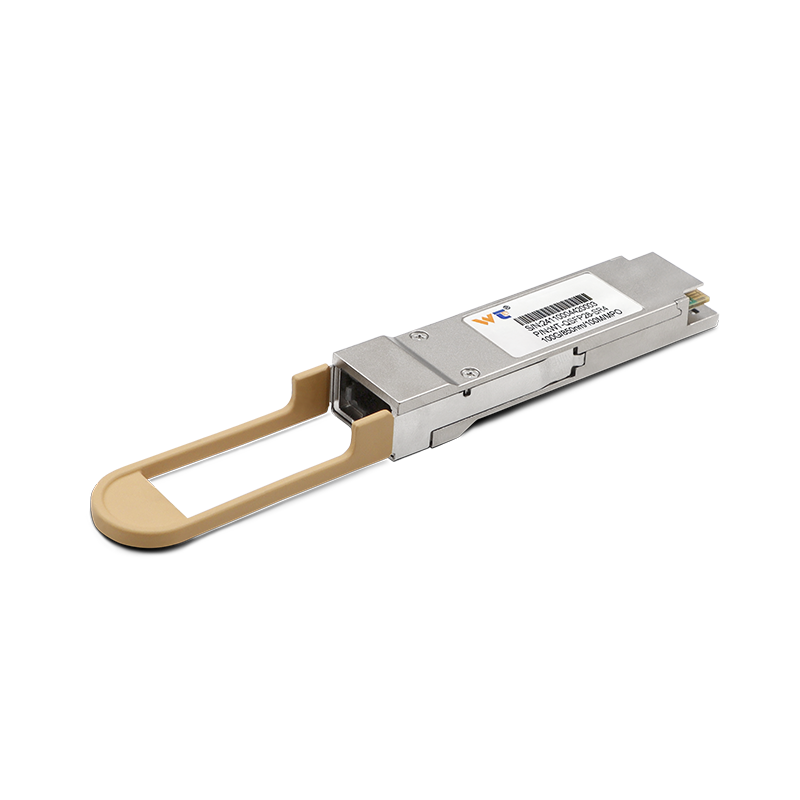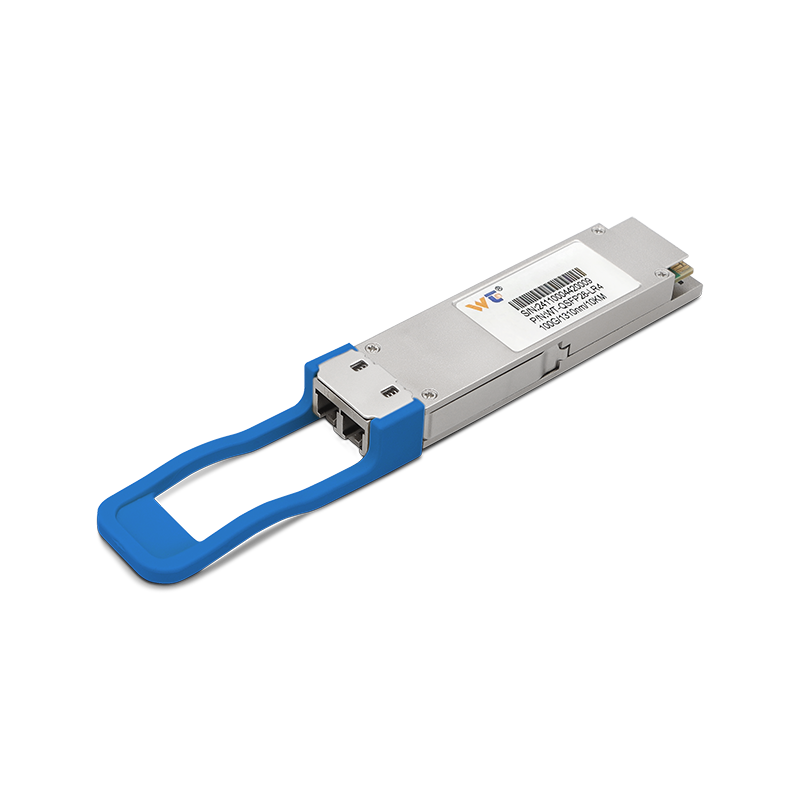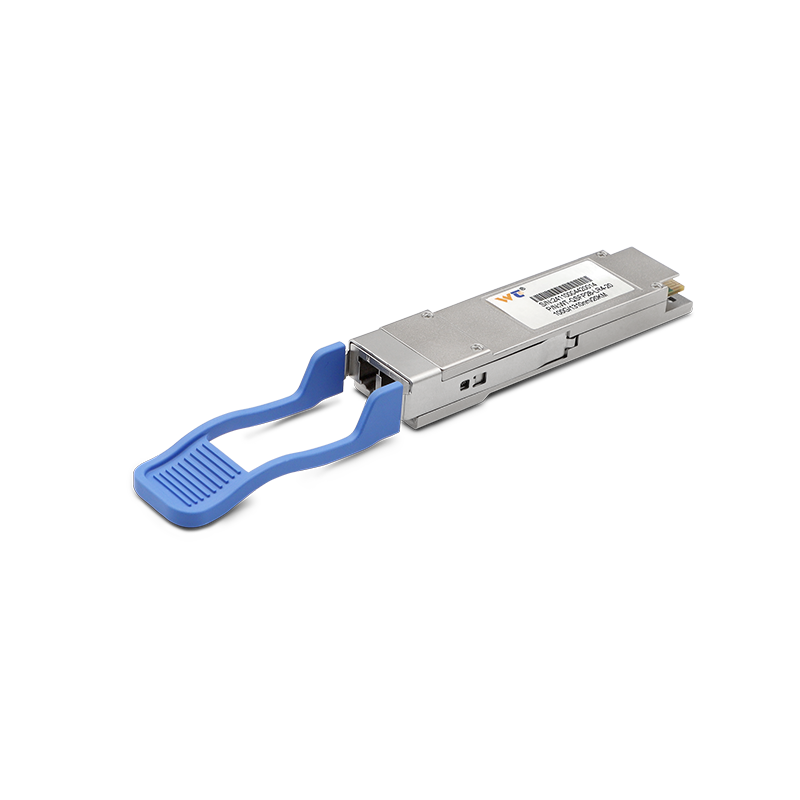In today’s rapidly evolving digital landscape, grasping VLAN (Virtual Local Area Network) configurations on a Layer 3 switch isn’t just a nice-to-have skill—it’s absolutely vital for sharpening both performance and security. This guide is designed to walk you through the nitty-gritty of VLAN configuration, ensuring you're equipped with hands-on skills that you can directly apply in real-world situations. Think of me as your dedicated guide throughout this journey, here to help clarify the nuanced steps of this essential networking topic. So, let's roll up our sleeves and uncover the ways VLANs can enhance your network setup!
Getting to grips with VLANs on a Layer 3 switch might seem daunting at first, but it’s fundamentally about optimizing traffic flow, segmenting networks for better efficiency, and strengthening security protocols. Before diving in, make sure you've got access to the switch's command-line interface (CLI), which you can reach through SSH or a console cable. Your first order of business? Jump into privileged EXEC mode using the enable command. Then, transition to global configuration mode with configure terminal.
Now starts the fun part: creating a VLAN! You can do this with the command vlan [VLAN_ID], where [VLAN_ID] should be a distinct number within your network. After that, you’ll want to give your VLAN a catchy name with the command name [VLAN_NAME]. This naming process not only helps you recognize the VLAN easily but also boosts your operational efficiency—so don't skip this step!
Next, it's time to assign specific interfaces to your brand-new VLAN. First, enter the interface configuration mode by using the interface [INTERFACE_TYPE] [INTERFACE_NUMBER] command. Set the interface as an access port with switchport mode access, and then connect it to your new VLAN by typing switchport access vlan [VLAN_ID]. And trust me when I say: saving your configuration is crucial! Before you conclude your configuration steps, execute either write memory or copy running-config startup-config to secure your settings against any surprises that might happen if the switch restarts.
To really understand VLAN configuration, it’s important to familiarize yourself with the key concepts and jargon. VLANs are brilliant for isolating traffic, effectively grouping devices into the same broadcast area while keeping others out—this is essential for controlling broadcast traffic, enhancing security measures, and optimizing network resources. Better yet, Layer 3 switches enable inter-VLAN routing, making use of IP addressing for seamless communication between different VLANs. And don't forget about protocols like IEEE 802.1Q, which define how VLAN tags are applied to Ethernet frames, ensuring data moves correctly through your network.
Here’s a quick rundown of the VLAN configuration steps:
- Access the switch through CLI.
- Enter privileged EXEC mode (
enable). - Move into global configuration mode (
configure terminal). - Create a VLAN with
vlan [VLAN_ID]. - Name your VLAN using
name [VLAN_NAME]. - Enter the interface configuration mode (
interface [INTERFACE_TYPE] [INTERFACE_NUMBER]). - Set the interface to access mode (
switchport mode access). - Link the interface to VLAN with
switchport access vlan [VLAN_ID]. - Save your configuration (
write memoryorcopy running-config startup-config).
For those of you keen on pushing the envelope, why not explore the VLAN Trunking Protocol (VTP)? This nifty tool allows multiple switches to share VLAN configuration info automatically, thus lowering the risk of misconfiguration that often comes with manual setups. Also, digging deeper into Inter-VLAN Routing can enhance your networking capabilities, allowing you to facilitate smooth communication across diverse network segments.
Have you run into any roadblocks while configuring VLANs? Don't hesitate to share details of your experience! With a thorough approach to configuration, you should see significant improvements in communication flows and security within your network.
Common Questions About VLAN Configuration:
- What’s the maximum number of VLANs I can create on a switch? Theoretically, you can configure up to 4096 VLANs, thanks to the 12-bit VLAN ID in IEEE 802.1Q standards.
- Can I assign multiple VLANs to a single port? Absolutely! Trunk ports are designed to carry traffic for multiple VLANs, which is a real boon for sophisticated network designs.
Jumping into VLAN configurations will absolutely sharpen your networking prowess. Start off by experimenting with simple setups in a lab environment before tackling real-world configurations. The key is in practice—every configuration you attempt chips away at the unknowns and builds your troubleshooting skills.
In summary, mastering VLAN configuration on a Layer 3 switch is crucial for effectively managing your network resources and reinforcing security. This guide has introduced you to the practical steps needed to set up VLANs while also laying the groundwork for understanding core networking concepts. As you advance into more sophisticated setups and explore advanced networking principles, keep in mind: consistent practice is your best friend for building confidence and expertise. By engaging with these concepts and putting them into action, you’re already on the path to becoming a skilled network engineer, ready to conquer the complexities of today’s digital ecosystems.






